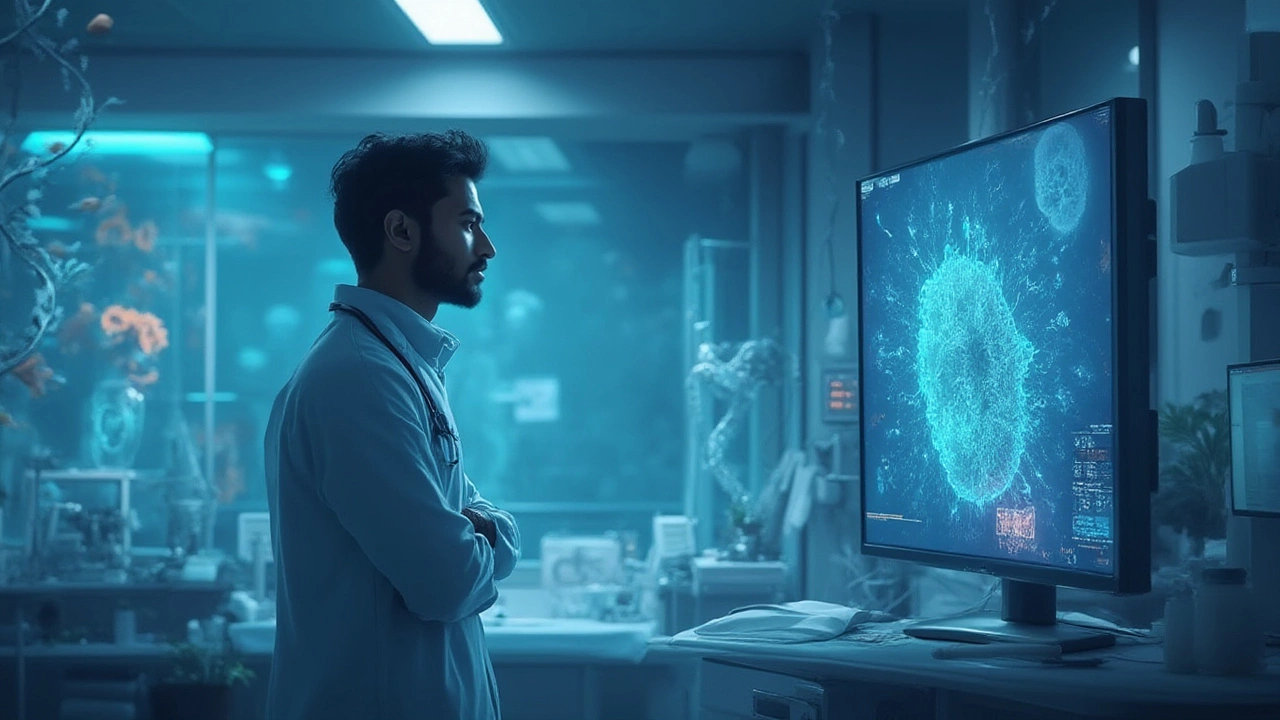Cancer Treatment Limitations: What They Mean for You
When you hear the word "cancer," the first thing that comes to mind is often aggressive treatment. In reality, every therapy has a ceiling – a point where it stops being effective or safe. Knowing where those limits lie helps you set realistic expectations and avoid false hope.
Limits can be caused by many things: the stage of the tumor, the type of cancer, the patient’s overall health, and even the technology available locally. For example, a stage‑4 lung cancer may not respond to surgery, while a stage‑2 breast cancer often can be removed with a lumpectomy. Understanding these details lets you ask the right questions and plan the best path forward.
Why Limits Exist
First, cancer cells can become resistant. Chemotherapy works by killing fast‑growing cells, but some cells learn to survive. After a few cycles, the drugs may no longer shrink the tumor. In that case, doctors might switch to a different class of medicine or add radiation.
Second, the body can only tolerate so much. High‑dose chemo can damage the heart, kidneys, or bone marrow. When side‑effects become dangerous, the treatment plan is pulled back or altered. This safety net protects you, even if it feels like a setback.
Third, not all hospitals have the newest tools. Some advanced immunotherapies or targeted drugs are only available in specialized centres. If you live far from those hubs, you may have to travel or look for clinical trials that can give you access.
How to Work Around the Limits
Talk openly with your oncologist about what each option can realistically achieve. Ask about the chances of tumor shrinkage, the expected side‑effects, and how the treatment fits with your daily life. A clear picture helps you decide whether to push for aggressive therapy or focus on quality of life.
Consider a multimodal approach. Combining surgery, radiation, and a lower dose of chemo can sometimes achieve the same result as a high‑dose single treatment, but with fewer complications. Your doctor might also suggest a clinical trial that tests a new drug designed to bypass resistance.
Don’t overlook supportive care. Nutrition, physical therapy, and mental health resources can improve how well you handle treatment and may even extend its effectiveness. Simple steps like staying hydrated, eating protein‑rich foods, and doing light exercise can make a big difference.
Finally, keep an eye on emerging therapies. In the past few years, immunotherapy has turned some previously untreatable cancers into manageable conditions. While not a miracle cure for everyone, it shows that limits can shift as science advances.
Remember, a limitation isn’t a failure – it’s a sign that you need to adjust the plan. With the right information, you can turn a seemingly dead‑end into a manageable path that respects both your health goals and your life outside the clinic.

